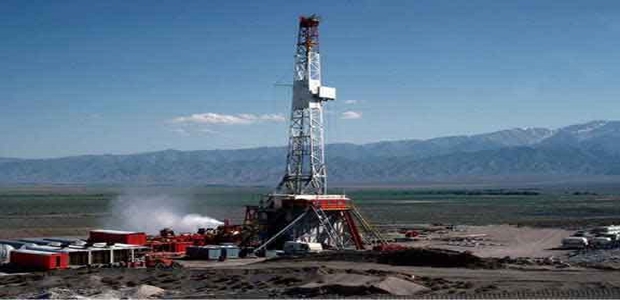Rising energy demands globally, have put a lot of strain on our planet’s natural resources. Fossil fuels (coal, petroleum, natural gas) form a major chunk of worlds total energy consumption. These are the resources which take a significant amount of time to replenish themselves, yet the consumption rate is extremely high, which may lead to a point of exhaustion. Apart from that, our usage of these resources is also responsible for major environmental concerns, mainly global warming and other debilitating forms of pollution. At this time of concern, when the consequences of our own actions have dawned upon us, we have finally come to realize the atrocity of overuse and wastage and have globally started switching to renewable energy sources viz. solar, thermal, tidal energy etc.
Geothermal energy is one kind of thermal energy generated and stored in the Earth. Thermal energy is the energy that determines the temperature of matter. As the world continues to research new methods of finding more sources of energy which would be helpful in the future for sustaining our life, geothermal energy is one of them which has a lot of potential.
Since Paleolithic times, geothermal energy has been believed to be used for bathing from hot springs. The Romans too used it for space heating and in this modern age it is now better known for electricity generation.
At the core of the Earth, thermal energy is created by radioactive decay and temperatures may reach over 5000 °C (9,000 °F). Heat conducts from the core to surrounding cooler rock. The high temperature and pressure cause some rock to melt, creating magma convection upward since it is lighter than the solid rock. The magma heats rock and water in the crust, sometimes up to 370 °C (700 °F).
Geothermal energy is cheap, clean and constant. Despite of this Over the next 50 years the U.S. Geological Survey estimates that a new technology known as an enhanced geothermal system (EGS) could supply about 10 percent of the country’s current electrical capacity. Unlike conventional power plants that rely on near-surface hydrothermal systems such as springs and geysers, EGS can draw energy from depths of up to three to five kilometers.

Yet drilling for the wells is a financially risky endeavor. Two to five out of every 10 geothermal wells prospected end up dry. Companies need good data on the distribution and quantity of geothermal energy in the upper part of the earth’s crust. But apart from using volcanoes as reference points, the data has been hard to come by.
Perhaps not for long, however. The Arizona Geological Survey is leading a coalition of universities and national agencies on a project to find and digitize data from extensive surveys of geothermal resources that were funded in the 1970s, 1980s and 1990s but that have been sitting unused in state and federal filing cabinets for decades. The coalition expects to have as many as three million wells in the system by the end of 2013, and Microsoft Research is using the data to build 3-D interactive maps.
These decades-old documents could speed discovery of geothermal wells and could really be a cost effective measure if successful. Geothermal energy is a clean, renewable and inexhaustible source of energy, this would largely help in preventing the exhaustion of earths valuable resources. As we have seen in recent times that by using modern technology many hidden secrets are being unearthed. One of them being a laser technology called Lidar which helped to discover an entire hidden city of Mahendraparvata near Angkor Vat in Cambodia.
































